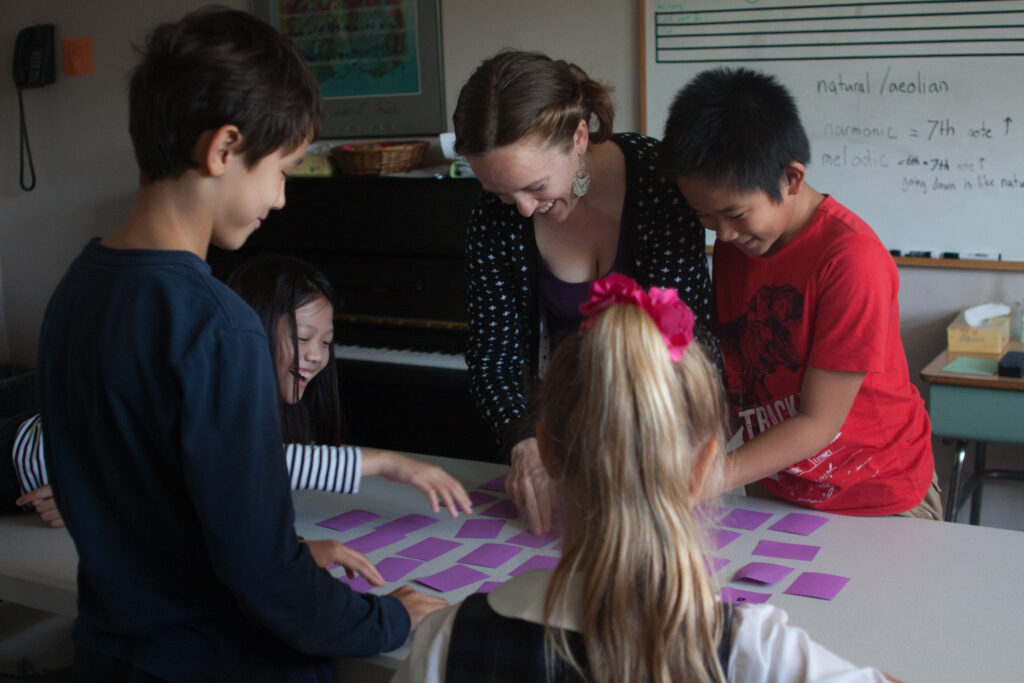Music Theory & Musicianship
Age 8-18
The BMS Theory & Musicianship Program is geared toward developing and strengthening each student’s musical foundation. Offered in four levels, each comprising two sequential six-week classes (A and B), the curriculum introduces and reinforces essential concepts that deepen young musicians’ understanding of the music they study in private lessons and ensembles. The study of theory enables students to process and learn new repertoire more quickly; to perform with greater confidence and expressive freedom; and to listen and respond to music with more active, informed ears.
Each six-week session offers:
Introduction, review, and active practice of essential concepts at each level
Corresponding ear training and listening examples
Engaging game-based activities to reinforce and put concepts into play
Targeted yet reasonable weekly homework assignments
Regular opportunities to share and analyze current repertoire projects as a group through the lens of theory.
Students register individually for each six-week class, with those new to the program completing a placement worksheet to determine the appropriate starting point.

Level 1 (1A & 1B)
Classes begin with review and practice of essential note-reading concepts and music literacy in the bass and treble clefs. Mastering the ability to correctly count and identify simple intervals, both written and aurally, is an essential goal of this level, along with basic rhythmic proficiency. This initial level also seeks to standardize musical vocabulary and reconcile terminology with other beginning solfege systems that students may have learned. Level 1 provides a solid foundation for budding musicians typically beginning the second or third year of private lessons.
Level 2 (2A & 2B)
Level 2 builds upon fundamental music literacy, delving more specifically into diatonic scale theory. Mastery at building and diagraming major scales in all keys, along with a firm understanding of the circle of 5ths, are essential goals of level 2A. Level 2B reinforces these skills through continued ear training, and further addresses more complex rhythmic patterns.
Level 3 (3A & 3B)
Beginning with minor scales and a review of the circle of 5ths, Level 3 addresses the finer points of interval quality and triad identification, both written and aural. 3B cements mastery of triads in root position and inversion, with additional focus on rhythmic syncopation and basic polyrhythms. Significant class time is given to both dictation (writing out musical examples by ear) and repertoire analysis, with students encouraged to bring examples of current repertoire projects to share and analyze in class.
Level 4 (4A & 4B)
Level 4 is appropriate to students considering or beginning an AP Theory course, with a primary focus on functional harmony, and situating triads and 7th chords within the context of a chord progression and larger musical composition. The level includes an introduction to SATB part-writing and the rules of voice leading. Level 4B emphasizes aural skills, including dictation and sight singing, along with harmonic analysis and consideration of varied music forms.
How To Enroll
To enroll in Music Theory & Musicianship, please fill out our inquiry form.
FEES & AID
- There is a once-yearly non-refundable $45 registration fee per family.
- There is a $20 fee per term for payment plans.
- No registration fee is charged for summer study.
